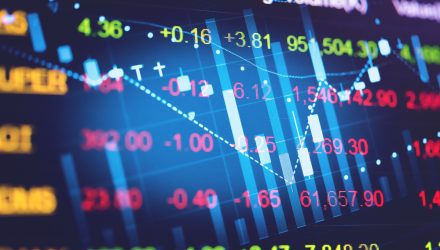As investors look to this new year that is already filled with volatility, many market observers are wondering if this could finally be the year for stock-pickers and actively managed exchange traded fund strategies.
Morgan Stanley has led the charge, declaring back in November that 2022 would be “the year of the stockpicker,” the Financial Times reports. The shifting economic and financial cross-currents make an ideal environment for active equity fund managers to select their best positions, according to the bank’s strategist Michael Wilson.
The early signs are promising. Despite the recent oscillations in the financial markets, 51% of U.S. equity fund managers have outperformed the stock market in January, according to Bank of America data.
While this may not be the definitive result that active managers were hoping for, the average result was dragged down by a horrible month for growth-oriented strategies, which were dragged down by the sell-off in technology stocks.
On the other hand, value-oriented investors enjoyed a 69% outperformance rate, and 81% of those that focus on small-capitalization stocks surpassed benchmarks.
“Alpha is back,” Bank of America’s Savita Subramanian said, referring to the investment term for delivering above-market returns.
Investors are also looking more toward active strategies. After almost ending outflows for two decades, active equity funds globally attracted $111 billion in inflows over 2021, their best year since at least 2000, according to EPFR data.
The previous outperformance of passive indexing over actively managed strategies may have also been attributed to the great investment environment for big companies.
“Active/passive cycles are not dominated by manager skill,” Scott Opsal, director of research at The Leuthold Group, said in a recent report examining the phenomenon. “Instead, they are driven by overall market conditions that tend to reward either active or passive at any given time.”
When considering the active play, skilled stock-pickers should outperform in conditions with low correlations and high dispersion, or during periods when the differences between good and bad names are as wide as possible. In this type of environment, low correlations lead to more opportunities for stock-pickers, and high dispersion could improve the potential profits from the opportunities. However, this was not the case over the last decade, which was generally described as high-correlation and low-dispersion.
For more news, information, and strategy, visit the Active ETF Channel.








